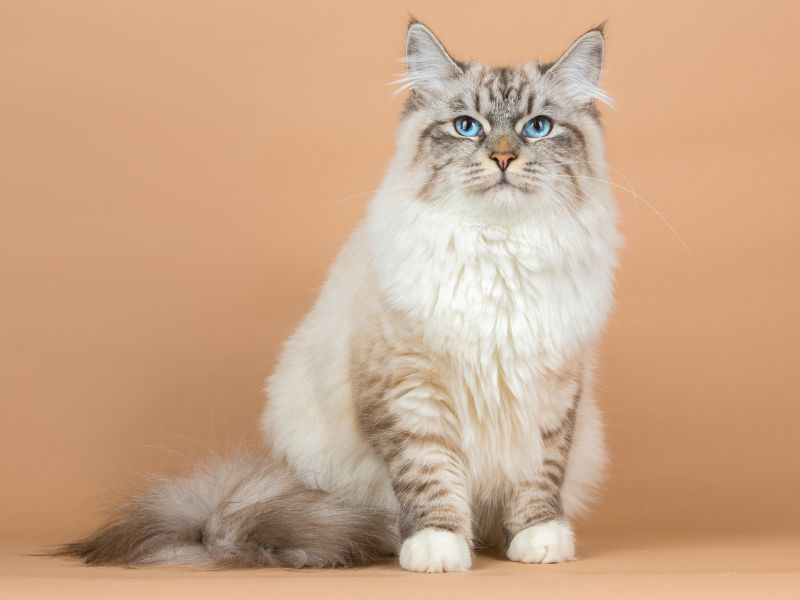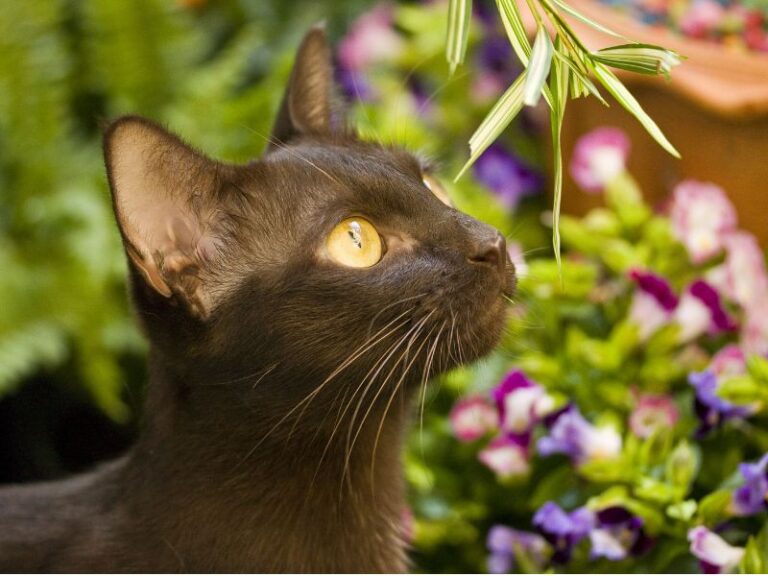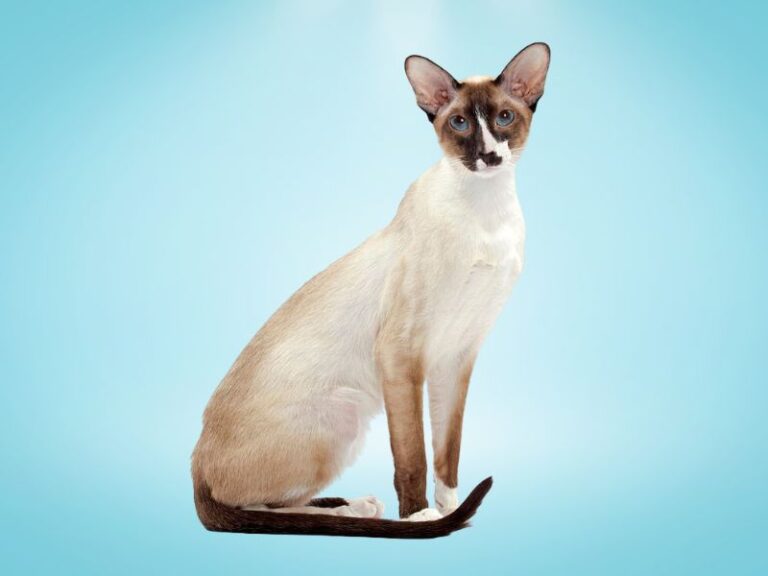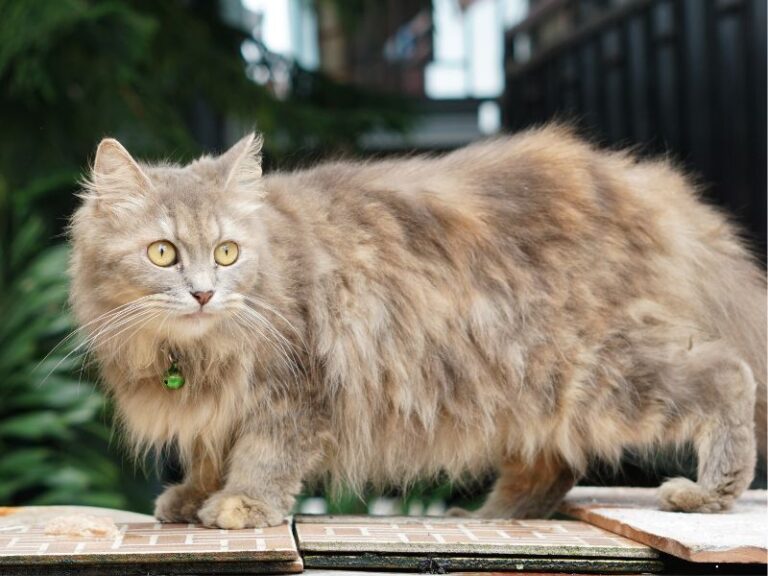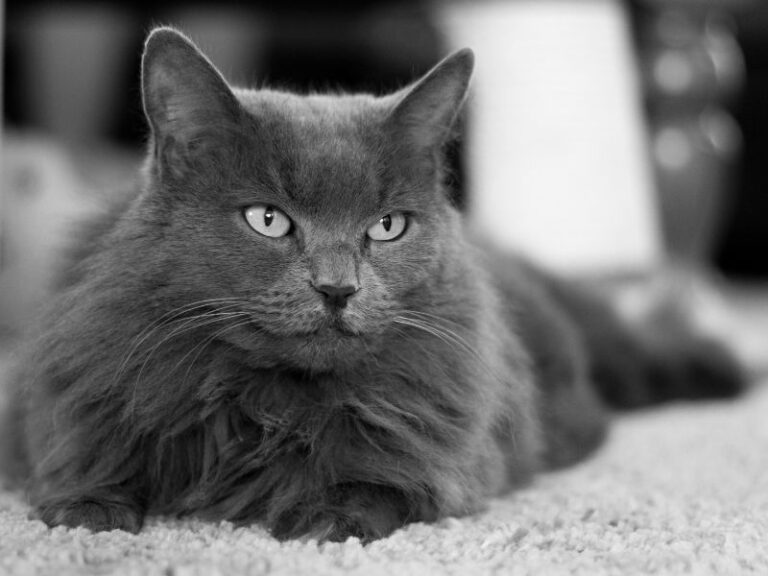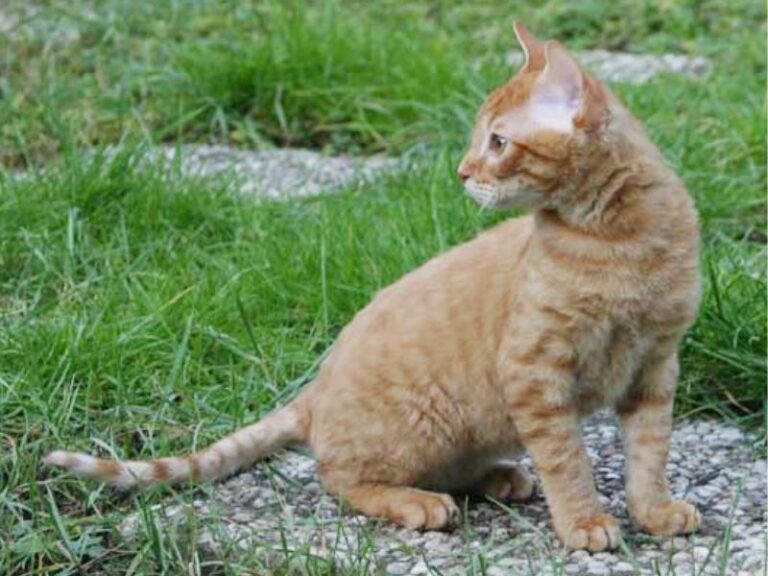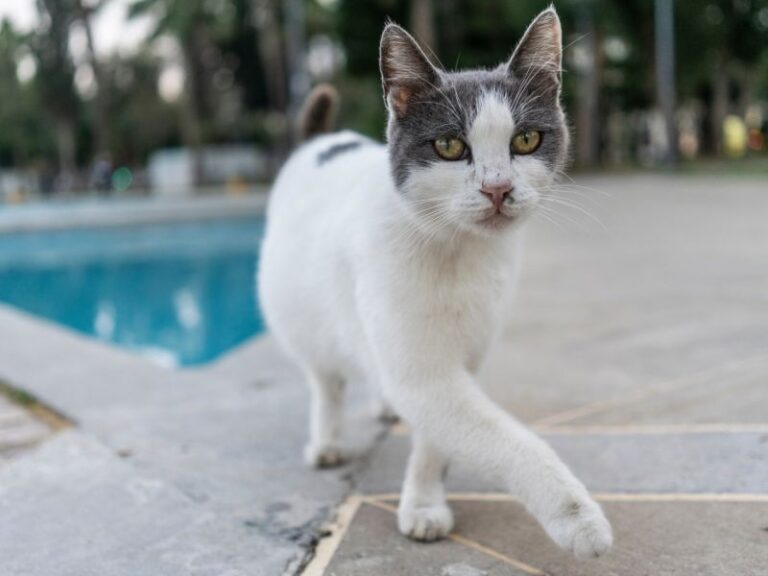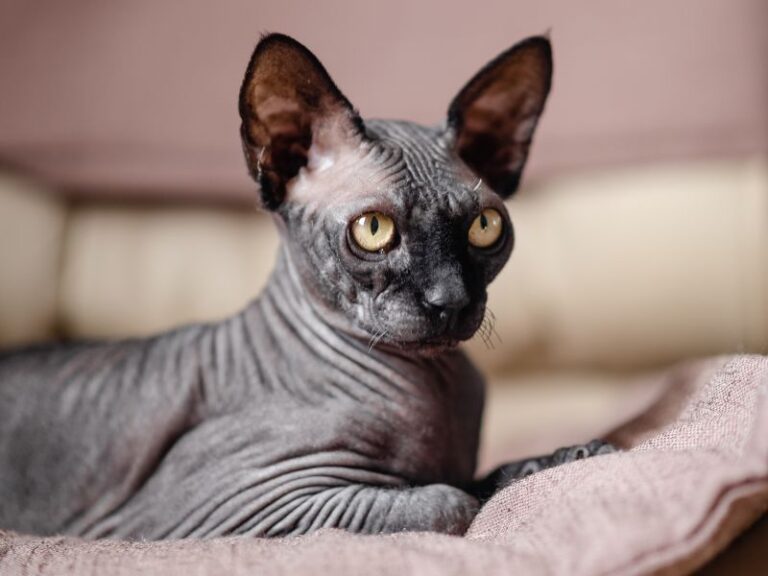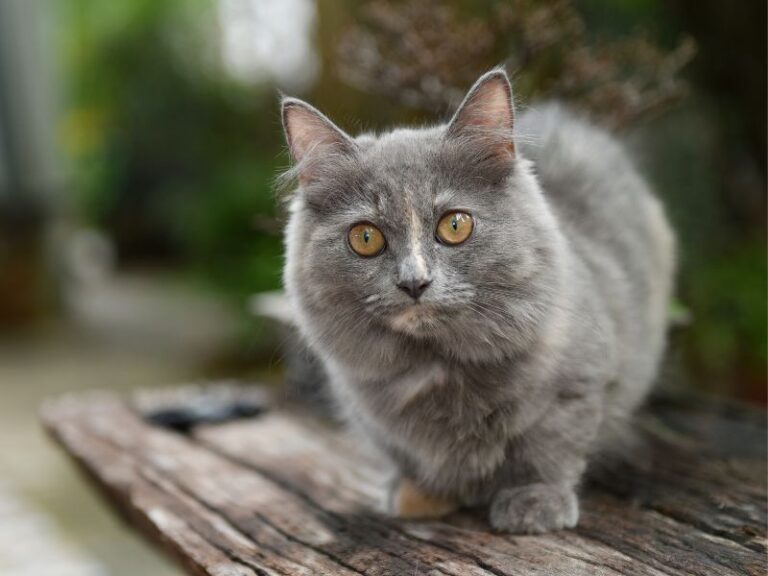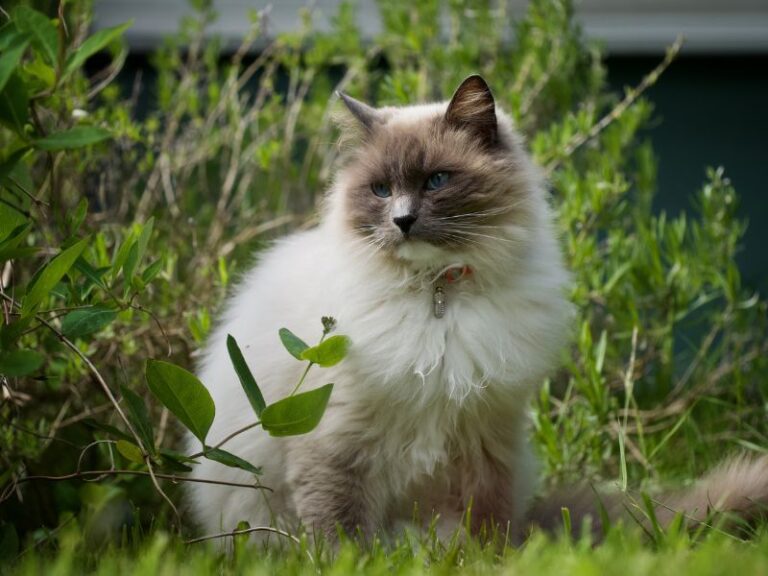Table of Contents
ToggleThe Siberian Cat, known for its majestic beauty and charming demeanor, has captured the hearts of cat enthusiasts worldwide. This fascinating feline breed hails from the cold and rugged lands of Siberia, where it developed its distinctive physical features and resilient nature. In this comprehensive guide, we’ll delve into the captivating world of the Siberian Cat, exploring its origin, physical characteristics, lifespan, temperament, and essential care requirements.
Siberian Cat Origin
The Siberian Cat’s roots can be traced back centuries, with a long history steeped in folklore and legend. These magnificent cats were native to the vast and unforgiving Siberian forests of Russia, where they were believed to possess magical qualities. The breed’s history is intertwined with Russian folklore, where they were revered for their ability to bring good luck and protect households from evil spirits.
As early as the 16th century, Siberian Cats were highly regarded for their mouse-catching abilities, which endeared them to farmers and traders. Their thick fur and sturdy build allowed them to withstand the harsh Siberian winters, making them invaluable companions to those residing in the region. Over time, they became cherished members of Russian families, earning a reputation for their friendly and affectionate nature.
Siberian Cat Physical Characteristics
The Siberian Cat boasts a striking appearance that sets it apart from other feline breeds. With a strong, muscular body and a medium-to-large frame, this cat exudes elegance and grace. Males typically weigh between 12 to 20 pounds, while females are generally smaller, ranging from 8 to 15 pounds.
One of its defining features is the luxurious, water-resistant triple coat, designed to withstand the harsh Siberian winters. The coat comes in a wide array of colors and patterns, adding to the breed’s allure. Common colors include traditional brown tabby, black, blue, red, and cream. Siberian Cats with white markings are also seen and are known as “color-point” Siberians.
Their luscious fur consists of three layers: a dense undercoat that provides insulation, a middle layer that adds volume, and a long, water-repellent topcoat that keeps them dry in inclement weather. Their impressive coat requires regular grooming, and despite their fluffy appearance, they are surprisingly low-shedding cats, making them suitable for individuals with mild cat allergies.
The Siberian Cat’s eyes are large, expressive, and come in various shades, including green, gold, and copper. Their eyes are accentuated by a distinctive rounded shape, lending them a perpetually curious and endearing expression.
Siberian Cat Lifespan
With proper care and a loving environment, the Siberian Cat can live a long and fulfilling life. On average, they have a lifespan of 14 to 18 years, but many have been known to surpass this range and live well into their late teens and even early twenties. Their robust health and hardy nature contribute to their longevity.
Siberian Cat Temperament
Siberian Cats are renowned for their affectionate and amiable nature. Despite their strong and independent appearance, they are incredibly friendly and form deep bonds with their human companions. This breed is highly sociable, enjoying the company of both adults and children alike, making them an excellent choice for families.
Their intelligence and playful disposition also make them highly entertaining pets. Siberian Cats often exhibit a burst of energy, engaging in playful antics and acrobatics that can leave you delighted and amused. Interactive toys and puzzles can help channel their intelligence and keep them mentally stimulated.
Additionally, Siberian Cats are known for their “dog-like” qualities. They may greet you at the door, follow you around the house, and even play fetch. Their ability to communicate through chirps, trills, and soft meows adds to their charm.
Siberian Cat Care Requirements
- Grooming: Due to their dense triple coat, Siberian Cats require regular grooming to maintain its lustrous appearance and prevent matting. A weekly brushing session helps minimize shedding and keeps their coat free from tangles. During the shedding seasons, which typically occur in the spring and fall, more frequent brushing may be necessary.
- Diet and Nutrition: To ensure the Siberian Cat remains healthy and vibrant, a balanced diet is crucial. High-quality cat food, rich in protein and essential nutrients, is recommended. Avoid feeding them with excessive treats or human food, as it may lead to obesity and digestive issues.
- Healthcare: Regular check-ups with a veterinarian are vital to monitor the cat’s overall health and catch any potential issues early on. Vaccinations, flea prevention, and dental care should also be part of their routine healthcare regimen.
- Exercise and Play: Despite their luxurious lifestyle, Siberian Cats are active creatures and enjoy playtime. Providing interactive toys and dedicating time for play sessions helps them stay mentally and physically stimulated. Consider introducing vertical space, such as cat trees or shelves, to satisfy their climbing instincts.
- Litter Box Maintenance: Maintaining a clean litter box is essential to keep your Siberian Cat content. Regularly scoop the litter and change it entirely at least once a week. Opt for unscented, clumping litter, as some cats may be sensitive to scents.
Final Words
The Siberian Cat is an enchanting and captivating breed that embodies both grace and strength. With its rich history and striking appearance, it has earned its place in the hearts of cat lovers around the globe. Their loving and friendly temperament makes them ideal companions for families and individuals alike.
When welcoming a Siberian Cat into your home, remember to provide them with the care and attention they deserve. Regular grooming, a balanced diet, ample playtime, and routine veterinary visits will ensure that your Siberian Cat thrives and brings joy to your life for many years to come. So, open your heart and home to this magnificent feline, and experience the wonder of the Siberian Cat firsthand.
FAQ
How do I groom a Siberian Cat’s thick coat?
Regular grooming is essential for Siberian Cats. Weekly brushing helps prevent matting and reduces shedding. During shedding seasons, more frequent brushing may be required.
At what age can I bring home a Siberian Kitten?
Typically, Siberian Kittens are ready to leave their mother and join their new homes between 12 to 16 weeks of age. This allows them to receive essential socialization and early care from their mother and littermates.
Why is Siberian cat so expensive?
While Siberian cats are undeniably beautiful, potential pet owners must consider both purchase and maintenance expenses. Due to their rarity, this breed tends to be more expensive than other cats, with prices ranging from $1,200 to $4,000.
Why are Siberian cats so rare?
The rarity of this breed stems from its high demand and the limited number of purebred Siberian cats found outside of Russia.
Are Siberian cats friendly?
Siberian cats are highly social, loving their humans and preferring company over being alone. They thrive in homes with active engagement and get along well with children and other pets.

